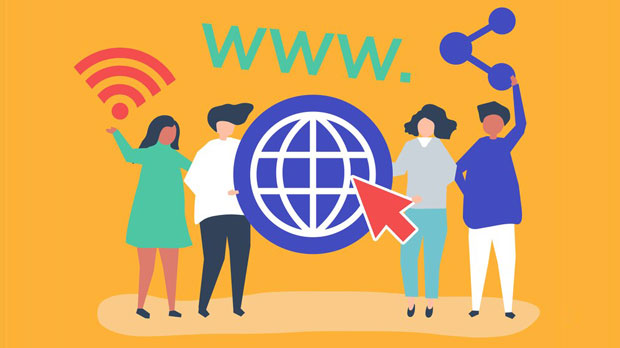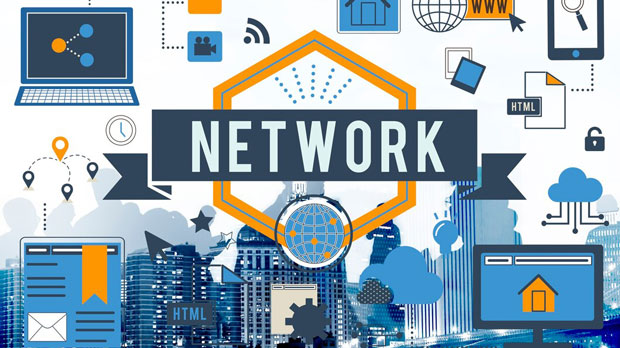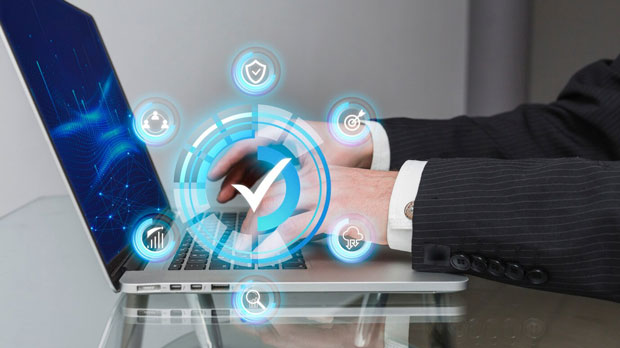In today's digital age, the use of proxy services has become increasingly popular, especially for users who wish to maintain their online privacy or bypass geographical restrictions. sock s5 proxies, in particular, are highly regarded due to their ability to support various types of internet traffic, including browsing, streaming, and file sharing. One of the primary concerns for users relying on these proxies is the delay or latency they experience. This article will examine whether the delay guarantee provided by proxy web browser SOCKS5 services requires additional payment, providing valuable insights for users looking to optimize their online experience. Introduction to Proxy Web Browser SOCKS5 ServicesA proxy server acts as an intermediary between a user and the internet, allowing users to access content and services while keeping their identity and location private. SOCKS5, which stands for "Socket Secure 5," is the latest and most advanced version of the SOCKS protocol. This version of the proxy service is widely used for its versatility in handling different types of traffic, including HTTP, FTP, and peer-to-peer (P2P) connections. Proxy web browser SOCKS5 services, specifically, enable users to route their browser traffic through a SOCKS5 server. This not only helps in maintaining privacy but also can enhance security by masking the user’s IP address. However, like any service, the performance of SOCKS5 proxies can vary, especially in terms of latency and delay. Latency refers to the time it takes for data to travel from the user to the destination server and back.Understanding Latency in SOCKS5 ProxiesLatency is a critical factor for users who rely on SOCKS5 proxies for various activities such as streaming, gaming, or browsing. Low latency ensures smooth performance, while high latency can cause delays, buffering, and an overall poor user experience. When using a socks5 proxy, there are several factors that contribute to latency:1. Server Location: The closer the proxy server is to the user, the lower the latency. If the proxy server is located in a distant region, the data has to travel a longer distance, resulting in higher latency.2. Network Traffic: The amount of traffic on the proxy server can also impact latency. High traffic can lead to congestion, which increases the time it takes for data to be processed.3. ISP Restrictions: Some internet service providers (ISPs) may impose restrictions or throttling on proxy traffic, leading to higher latency.4. Proxy Server Performance: The quality of the proxy server itself plays a significant role in determining latency. A well-maintained server with high bandwidth will have lower latency compared to a server that is overloaded or poorly configured.Do Proxy Web Browser SOCKS5 Delay Guarantees Require Extra Payment?When considering whether a delay guarantee for SOCKS5 proxies requires additional payment, it is important to understand how these services are structured. Most basic proxy services offer a standard level of performance without any specific guarantees regarding latency. However, some premium services offer enhanced features, including lower latency or guaranteed performance levels, which may come at an additional cost.1. Standard SOCKS5 Proxy Services: Basic SOCKS5 proxies typically do not come with a delay guarantee. These proxies are often cheaper and may be used by casual users who do not require high performance. While they provide anonymity and basic functionality, the latency may be unpredictable depending on factors such as server load and network conditions. Users of these services may experience fluctuations in speed and performance, especially during peak hours.2. Premium SOCKS5 Proxy Services: On the other hand, premium SOCKS5 proxy services often come with specific latency guarantees. These services are designed for users who need stable and fast connections for tasks like online gaming, video streaming, or business operations. Premium providers usually invest in high-quality infrastructure, including faster servers and optimized network routes, which help reduce latency. As a result, customers may need to pay a higher fee for these enhanced services.3. Dedicated vs. Shared Proxies: Another aspect that affects latency is whether the proxy is dedicated or shared. Dedicated proxies are exclusively used by one customer, ensuring consistent performance and lower latency. Shared proxies, however, are used by multiple customers simultaneously, which can lead to higher latency due to the increased load. Dedicated proxies often come at a higher price point, but the benefits in terms of latency and speed are significant.4. Service Level Agreements (SLAs): For businesses or power users who rely heavily on low latency, some SOCKS5 proxy providers offer Service Level Agreements (SLAs). These agreements outline specific performance metrics, including latency thresholds, that the provider guarantees to meet. SLAs are typically associated with premium services and may require additional payment.Factors Affecting the Cost of Delay GuaranteesSeveral factors influence whether an additional payment is required for a delay guarantee. These factors include the type of service, the provider's infrastructure, and the customer's specific needs. Let's explore some of these considerations:1. Service Type: As mentioned earlier, basic proxy services may not offer a delay guarantee, while premium services do. The service type determines the level of performance you can expect, and if low latency is crucial to your activities, paying for a premium service is often worth it.2. Provider’s Infrastructure: The quality of the proxy provider’s infrastructure plays a major role in determining the level of latency. Providers with a global network of servers and optimized routes can offer lower latency and more reliable performance. These providers usually charge more to cover the costs of maintaining their infrastructure.3. User’s Location: Users located in regions with limited access to high-performance networks may need to pay more for a guaranteed low-latency experience. Proxies located closer to the user's region are likely to perform better in terms of latency, but users may have to pay extra for a service that provides servers in the desired location.4. Business Requirements: Businesses that require consistent, low-latency connections for operations like VoIP, video conferencing, or online transactions may be willing to pay more for a service that guarantees low latency. For these users, the cost of the service may be justified by the need for reliable performance.Conclusion: Is It Worth Paying Extra for Latency Guarantees?In conclusion, whether a user needs to pay extra for a delay guarantee when using proxy web browser SOCKS5 services depends on their specific requirements. Casual users who do not rely on high-speed or low-latency connections may find standard services sufficient. However, for users engaged in activities that demand consistent performance, such as gaming, streaming, or business operations, paying for a premium service with a latency guarantee can be highly beneficial.Ultimately, the decision to pay for a delay guarantee should be based on the user's need for speed, reliability, and the level of service required for their online activities. By carefully considering these factors, users can make an informed choice that best meets their needs and budget.
Jul 21, 2025



































































